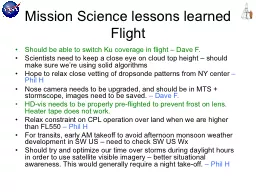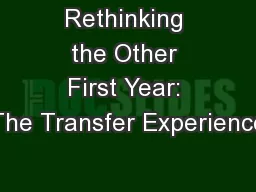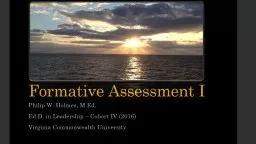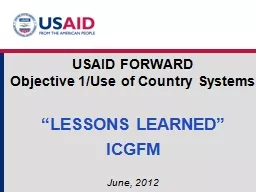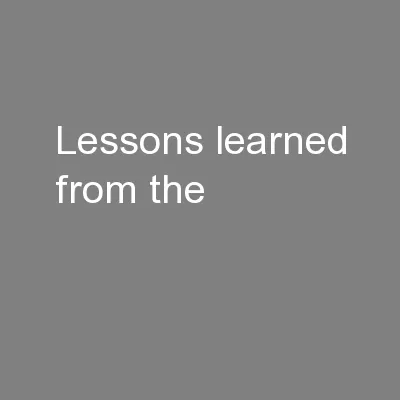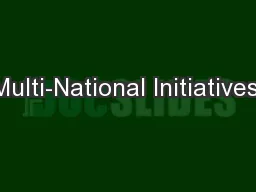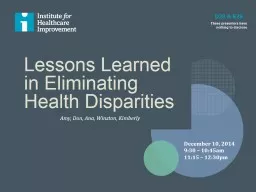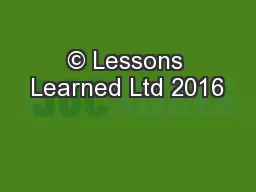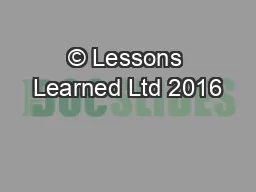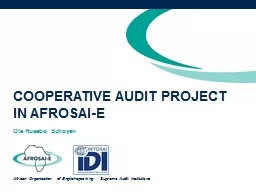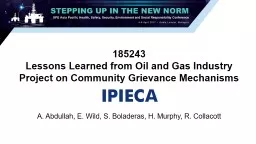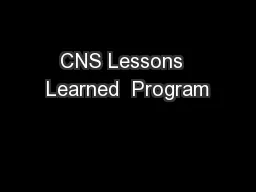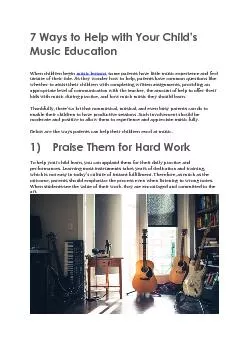PPT-Mission Science lessons learned
Author : marina-yarberry | Published Date : 2017-04-23
Flight Should be able to switch Ku coverage in flight Dave F Scientists need to keep a close eye on cloud top height should make sure were using solid algorithms
Presentation Embed Code
Download Presentation
Download Presentation The PPT/PDF document "Mission Science lessons learned" is the property of its rightful owner. Permission is granted to download and print the materials on this website for personal, non-commercial use only, and to display it on your personal computer provided you do not modify the materials and that you retain all copyright notices contained in the materials. By downloading content from our website, you accept the terms of this agreement.
Mission Science lessons learned: Transcript
Download Rules Of Document
"Mission Science lessons learned"The content belongs to its owner. You may download and print it for personal use, without modification, and keep all copyright notices. By downloading, you agree to these terms.
Related Documents

